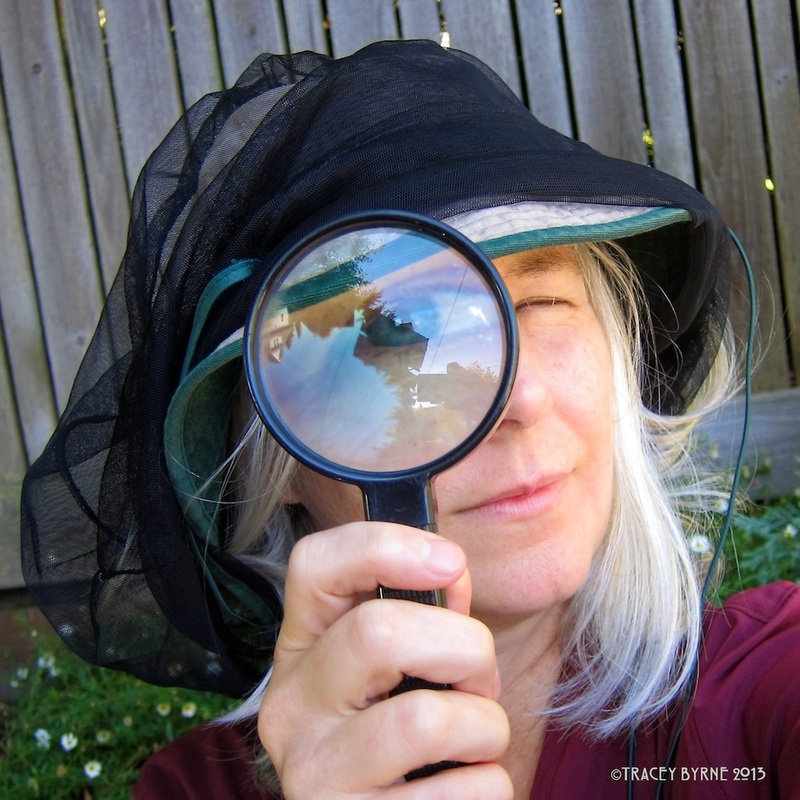Even in the house, with air purifiers running, my throat is raw and my nose feels gummy. To add insult to injury, TPTB made the decision early on that there would not be an effort to put the fire out, just contain it, as it was mostly burning in wilderness areas; if businesses, homes, and people were going to be displaced then the effort to put it out would commence.
I miss playing outside and having my windows open. Thank goodness that rain is finally coming to Seattle this weekend!
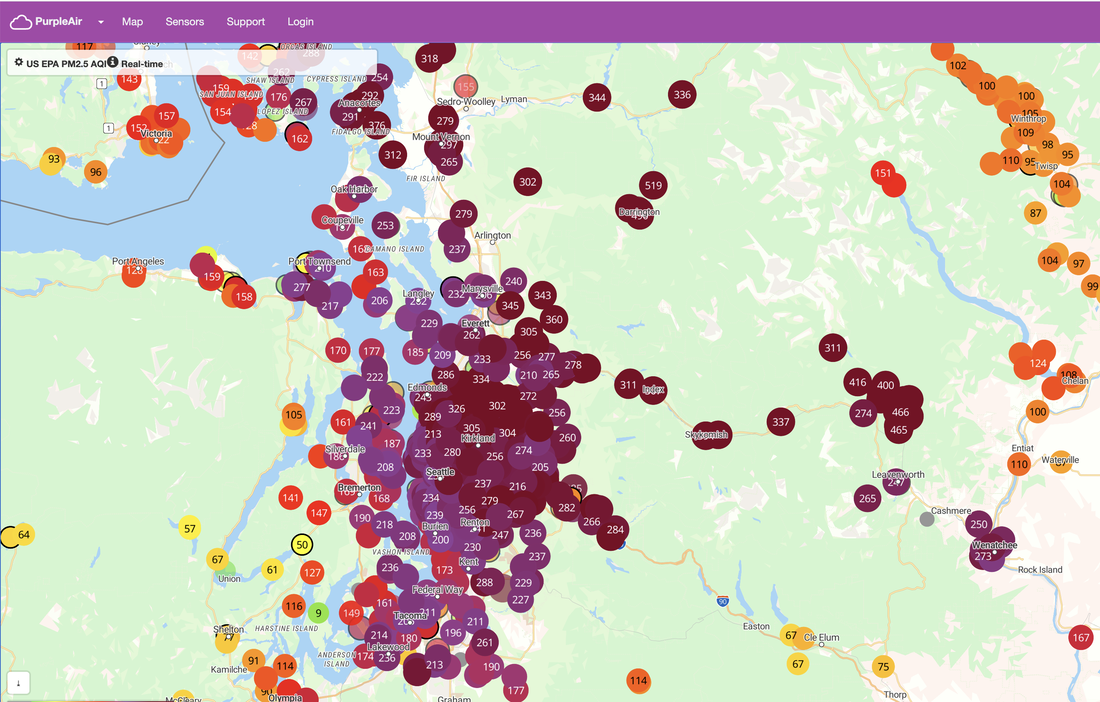


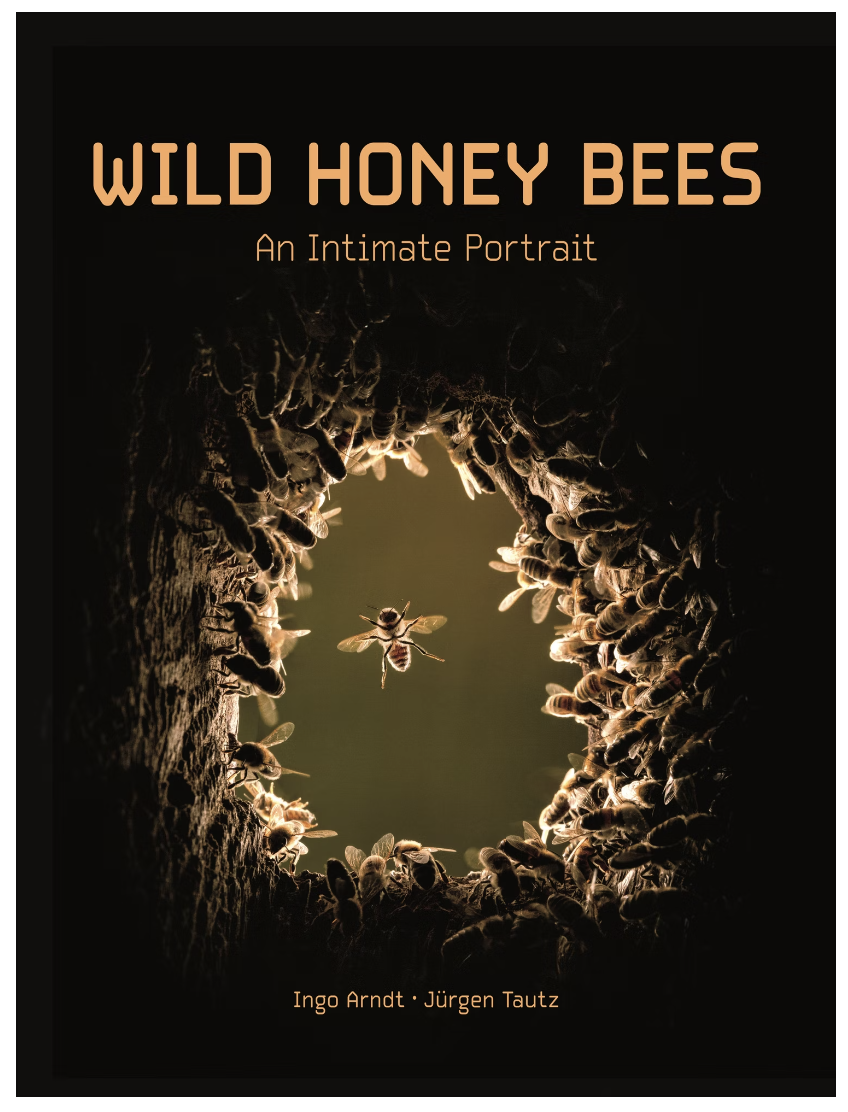
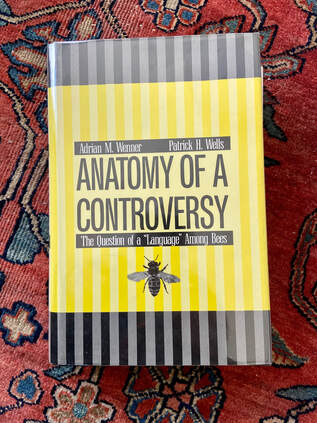
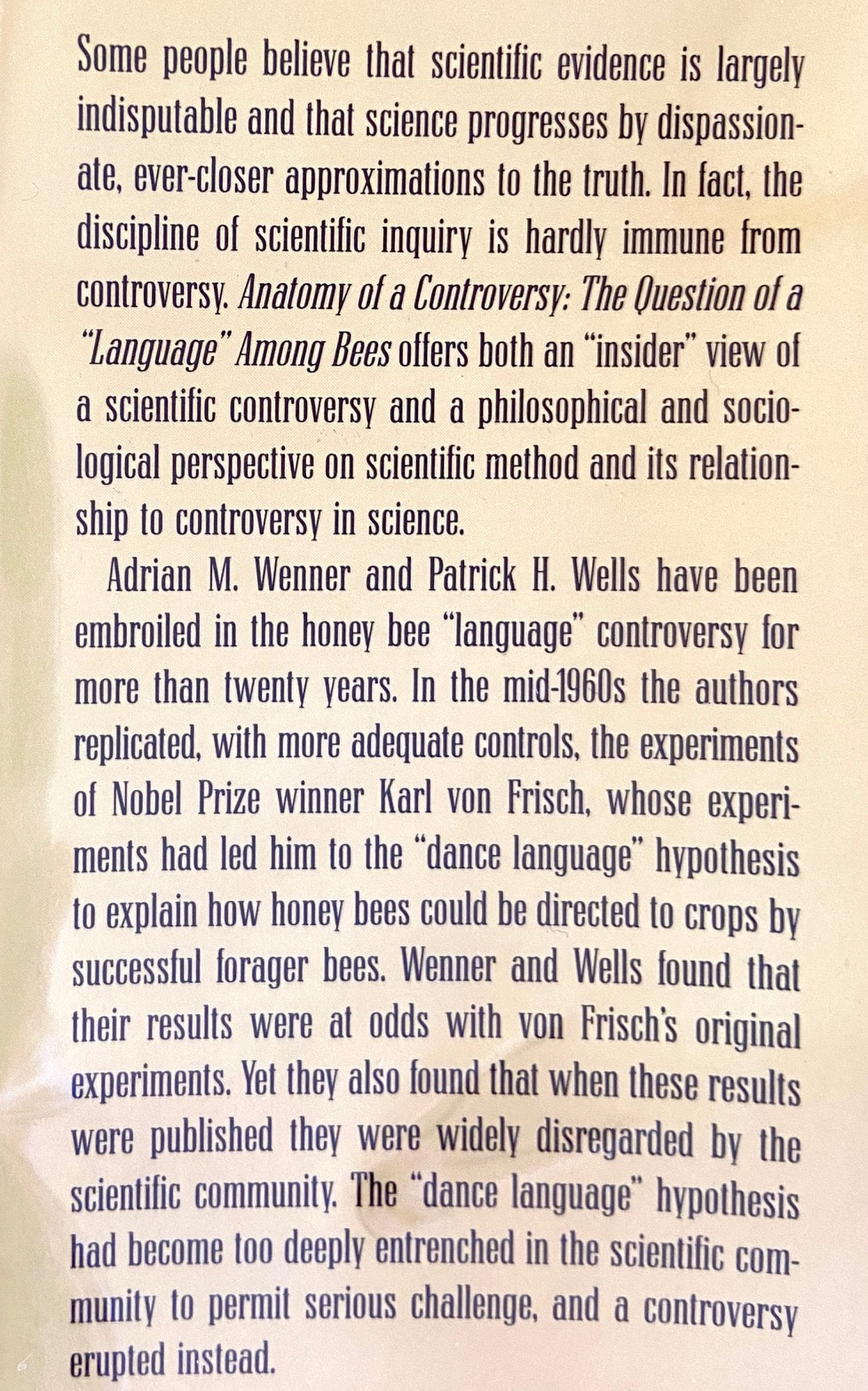
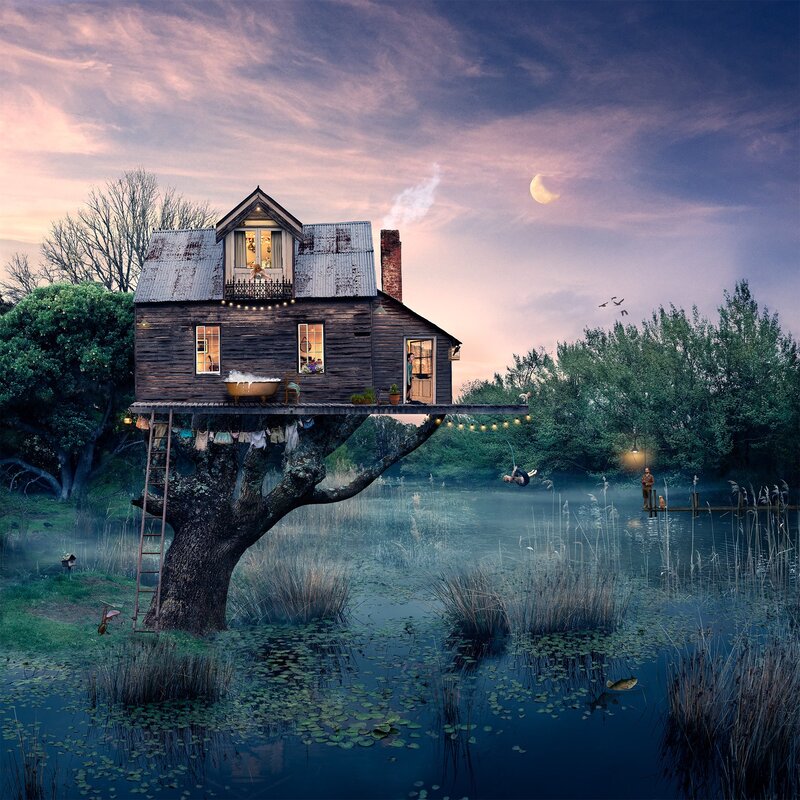
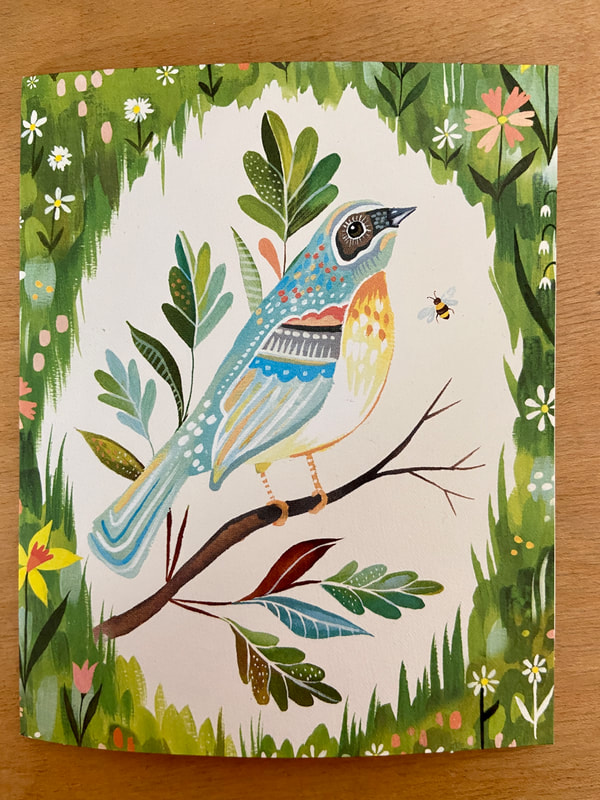
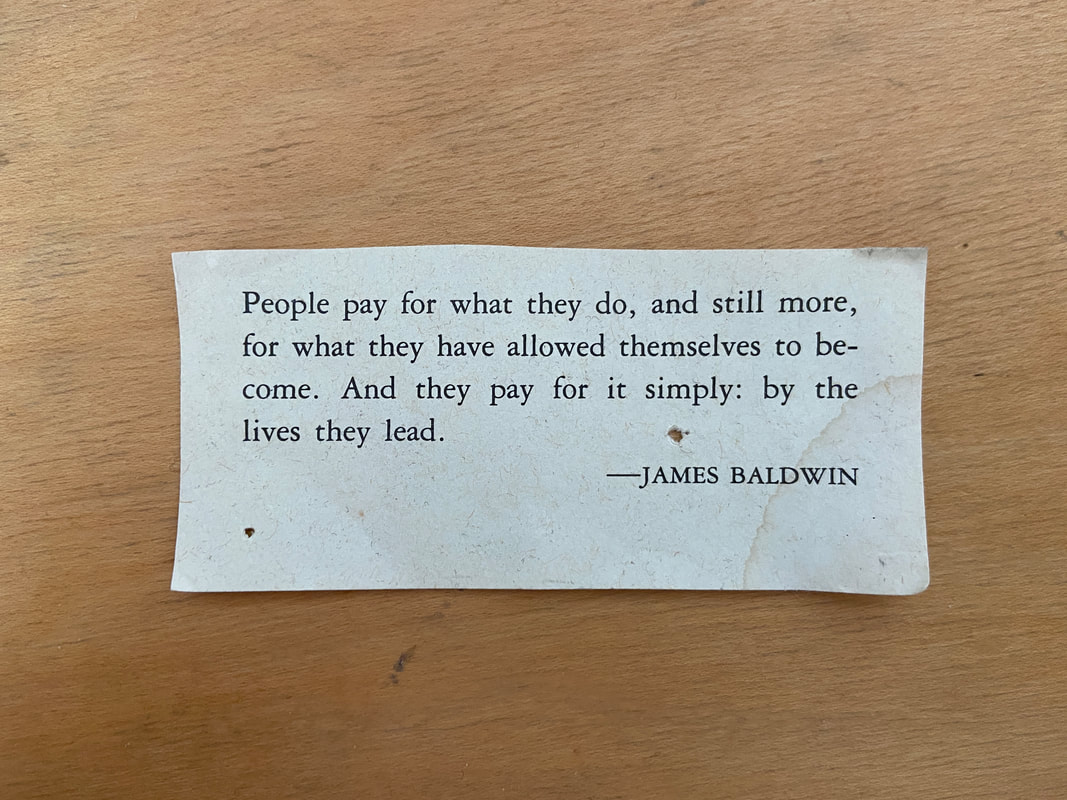
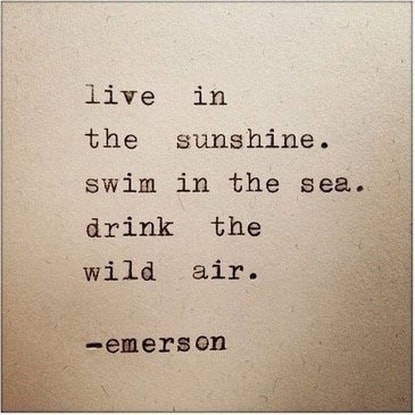

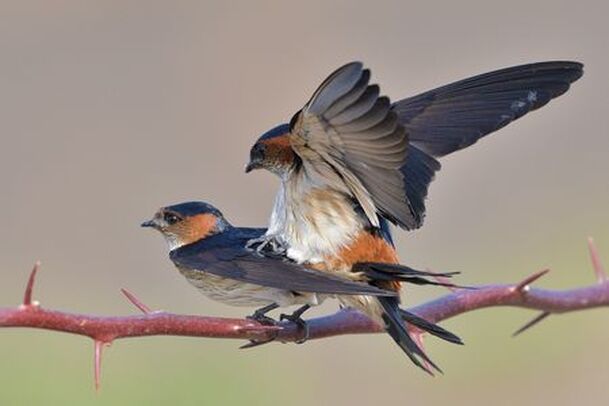
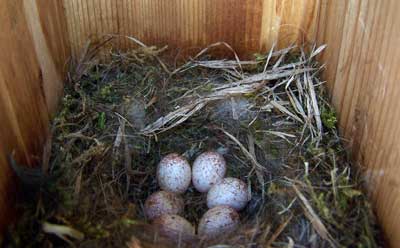
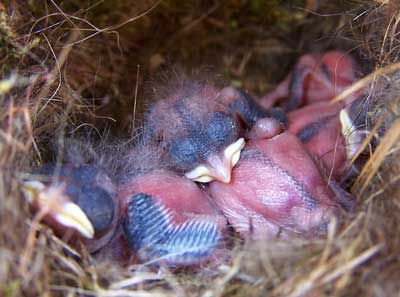


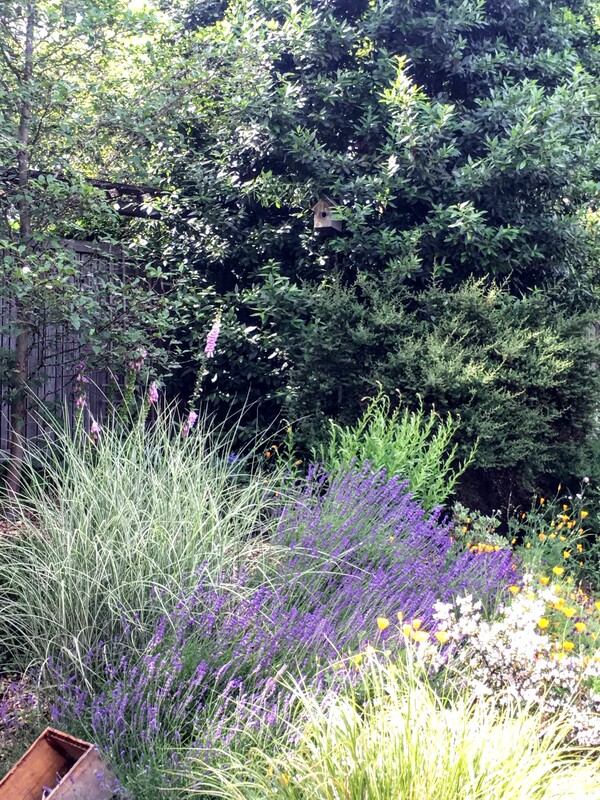
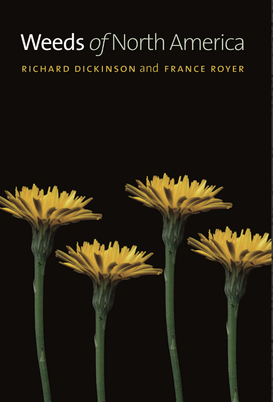
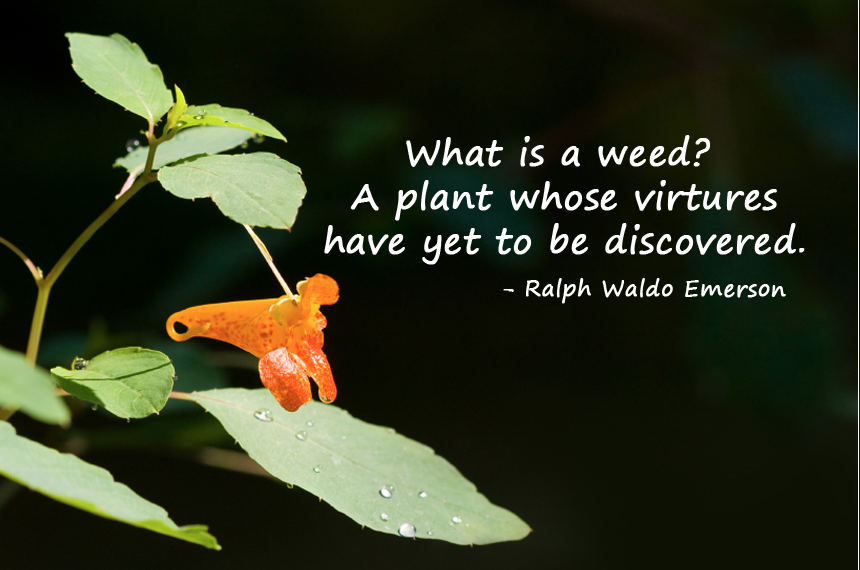
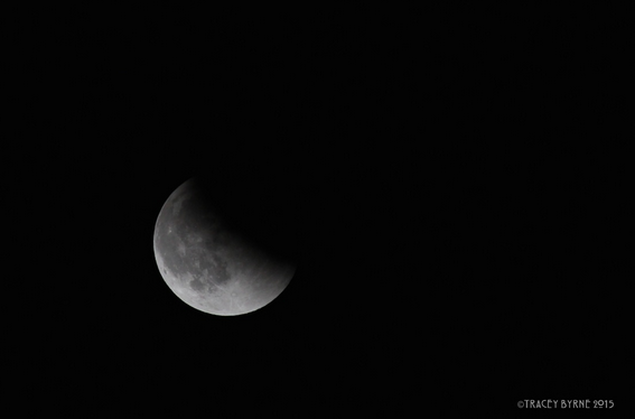


 RSS Feed
RSS Feed
